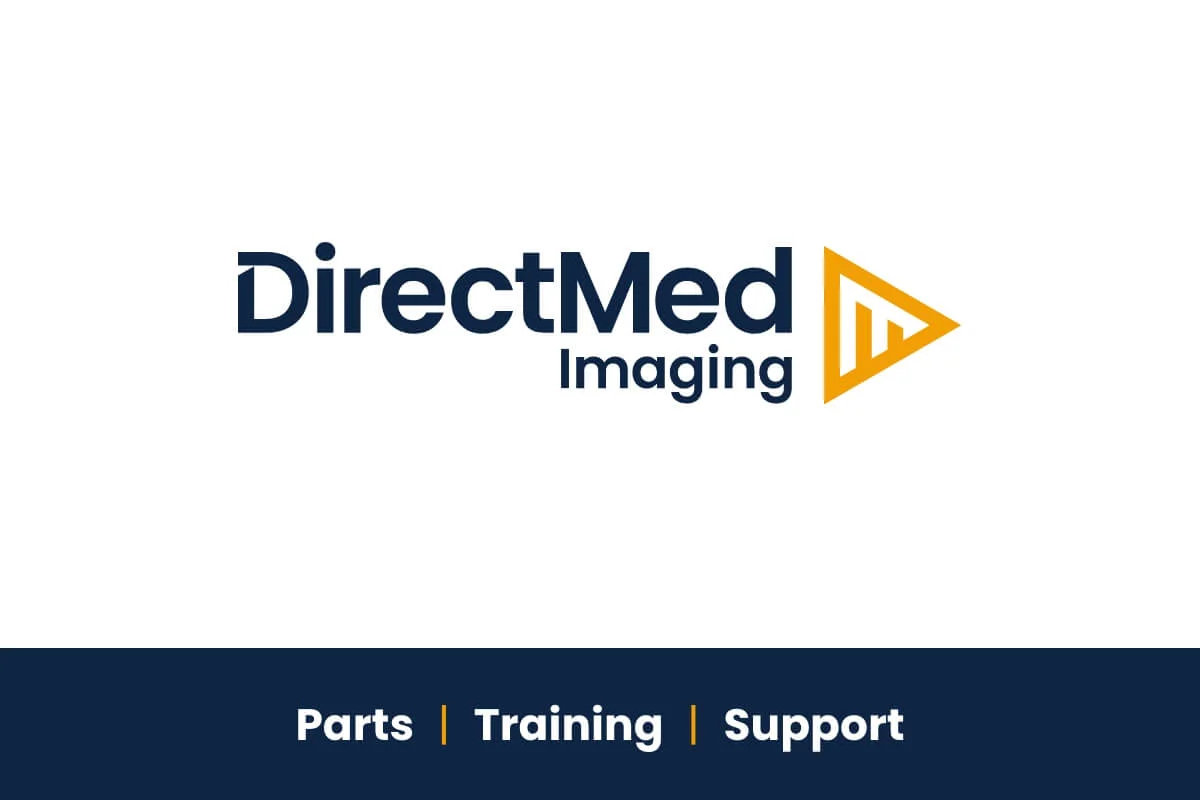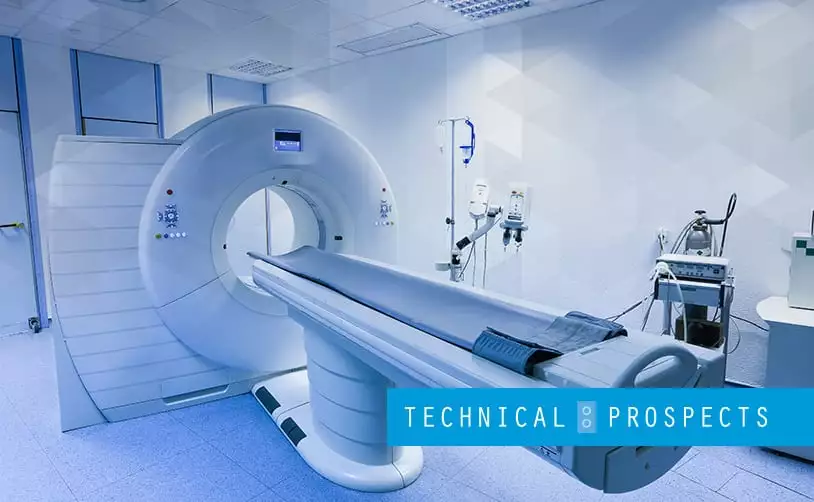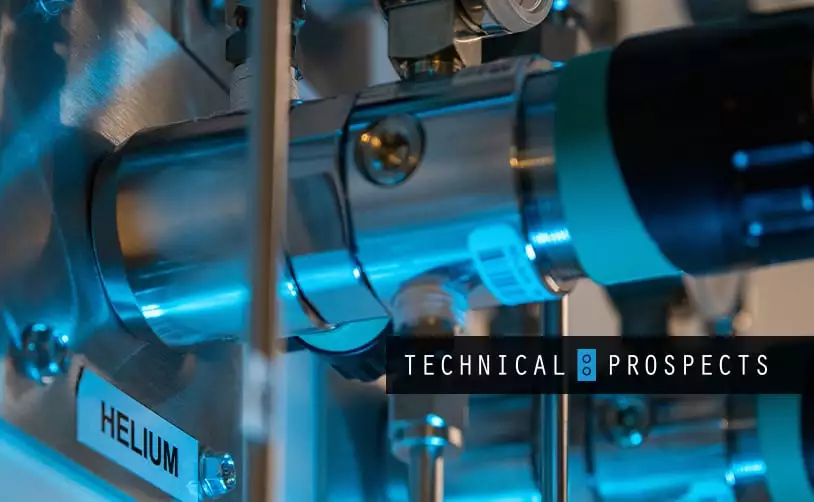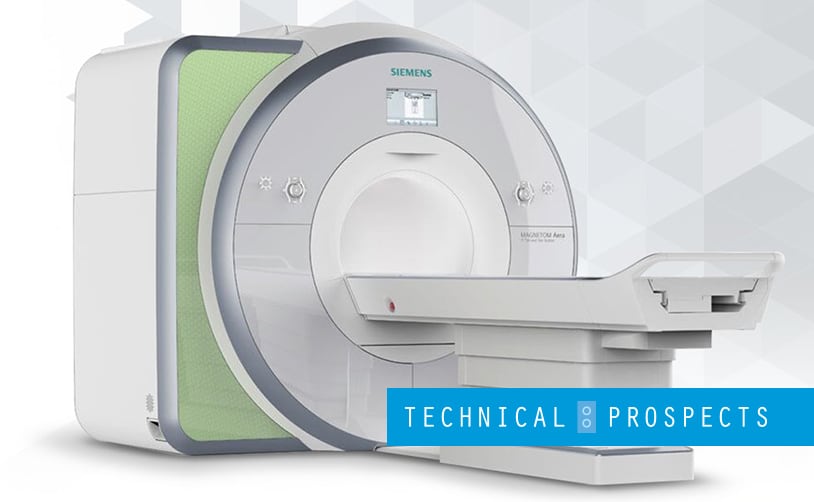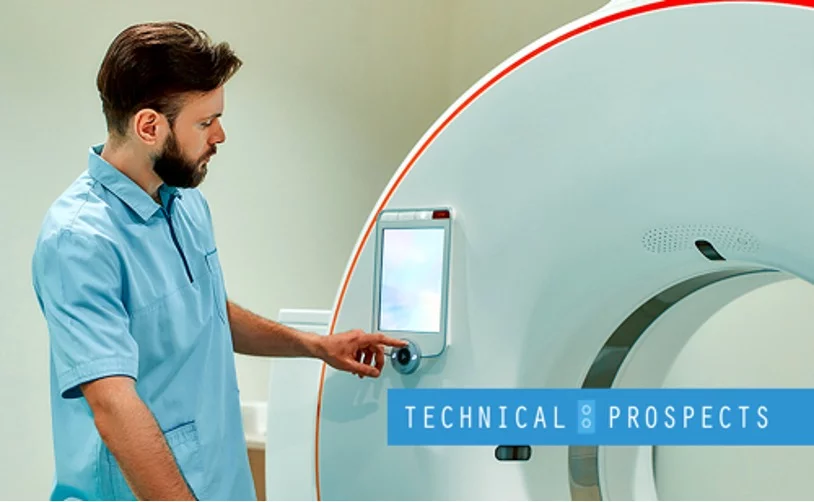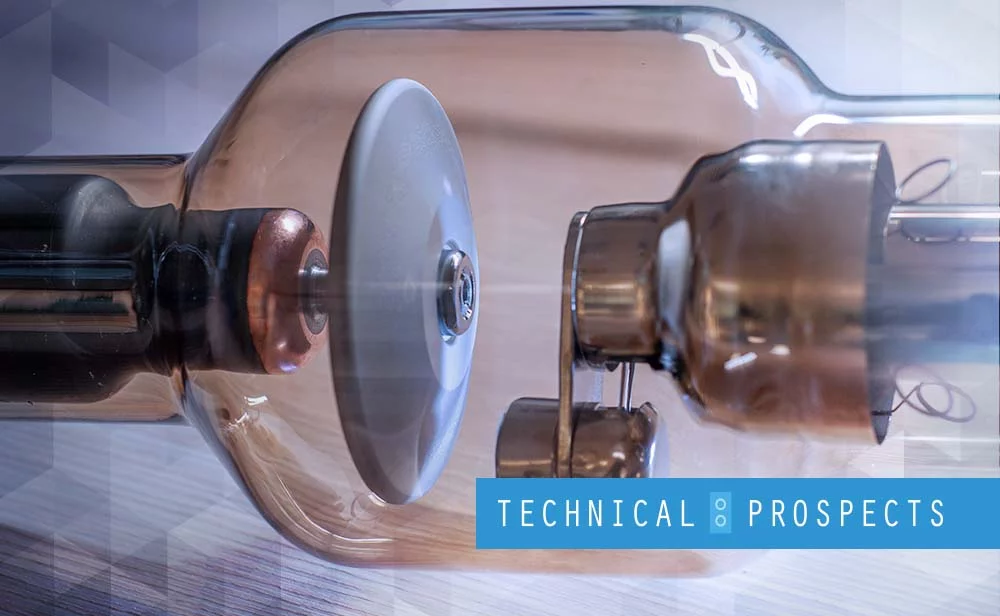MRI systems are complex, given the various configurations that are best suited for different functions. For instance, some believe that higher strengths are best for hospitals with high throughput. However, this isn’t necessarily the case, especially since these machines are significantly more expensive than their more affordable counterparts.
As discussed in Part 1, it is crucial to understand the uses of a 1.5T MRI scanner and a 3T scanner to determine their suitability for your facility and the throughput you handle. In Part 2, we’ll be diving deeper into comparing 1.5T and 3T scanners to help you find out which one is best for your needs.
How Different Types of Tissue React to 1.5T and 3T MRI Scanners
Our previous article discussed the different compositions some patients may have due to injury or special conditions requiring a unique implanted device. Another consideration that your facility will need to make is that many body parts do not have the same tissue types. For instance, the prostate is made up of different tissue types than other organs, which means that some organs will generate better images when exposed to different strengths. This is why a 1.5T scanner may be a more beneficial choice than a 3T scanner in certain situations.
Usually, stronger magnets produce better images. However, with some considerations, a 1.5T scanner performs better. Stronger magnets make the body produce stronger signals, allowing it to create a higher resolution image. However, the increased signal can result in errors or image artifacts that wouldn’t have appeared in a 1.5T scanner due to the weaker magnet strength. For this reason, a 1.5T scanner is sufficient for scanning certain areas of the body.
The Image Artifacts That Appear Due to Stronger Magnetic Fields
Three types of artifacts occur due to the higher magnetic strength in a 3T scanner: susceptibility artifacts, chemical shift artifacts, and dielectric resonance artifacts.
Susceptibility artifacts occur due to the differences in the tissue’s magnetic sensitivity and the materials located inside the body being scanned. It is a problem that manifests around implants and metal objects in sites with air-tissue and air-bone interfaces. As such, the implants can then cause images to be distorted, be improperly registered, or have blacked out sections. These artifacts worsen when subjected to high field scanners, which is why 1.5T scanners are best for patients with implants or foreign bodies in them.
Meanwhile, understanding a chemical shift requires some explanation of the physics involved in an MRI. When a patient is inside an MRI scanner, their hydrogen protons vibrate to a specific frequency, which is different in each body part. A chemical shift occurs in the spatial displacement of water and fat due to the differences in frequency. That means scanning breasts, coronary, and G.I. tracts are best done in a 1.5T scanner than a 3T scanner.
Lastly, dielectric effects happen because of the radiofrequency field of the MRI. A patient is positioned on the MRI table with a coil, which is then put over the body part being scanned, functioning as an antenna to capture the signal the body releases. Once the body is placed into the scanner, it applies an RF pulse, which excites the hydrogen protons. However, the RF’s electrical component can cause certain interactions in some tissues, causing a dielectric effect. It results in a dark shading artifact, usually happening when scanning the brain or abdomen. In
Conclusion
High field MRIs provide a lot of power and speed, allowing hospitals to serve more patients frequently. However, as discussed in this article, a 1.5T MRI scanner may be more appropriate, depending on the patient’s body composition and the parts being imaged. Stay tuned for part 3 to learn more about the differences between 1.5T and 3T MRI systems!
DirectMed Parts is the leading supplier of MRI and CT parts and coils. From Siemens MRI parts to Philips MRI parts, we have what you need to make your machine perform more efficiently. Contact us today to find out how we can help you find the perfect MRI system that suits your needs!
